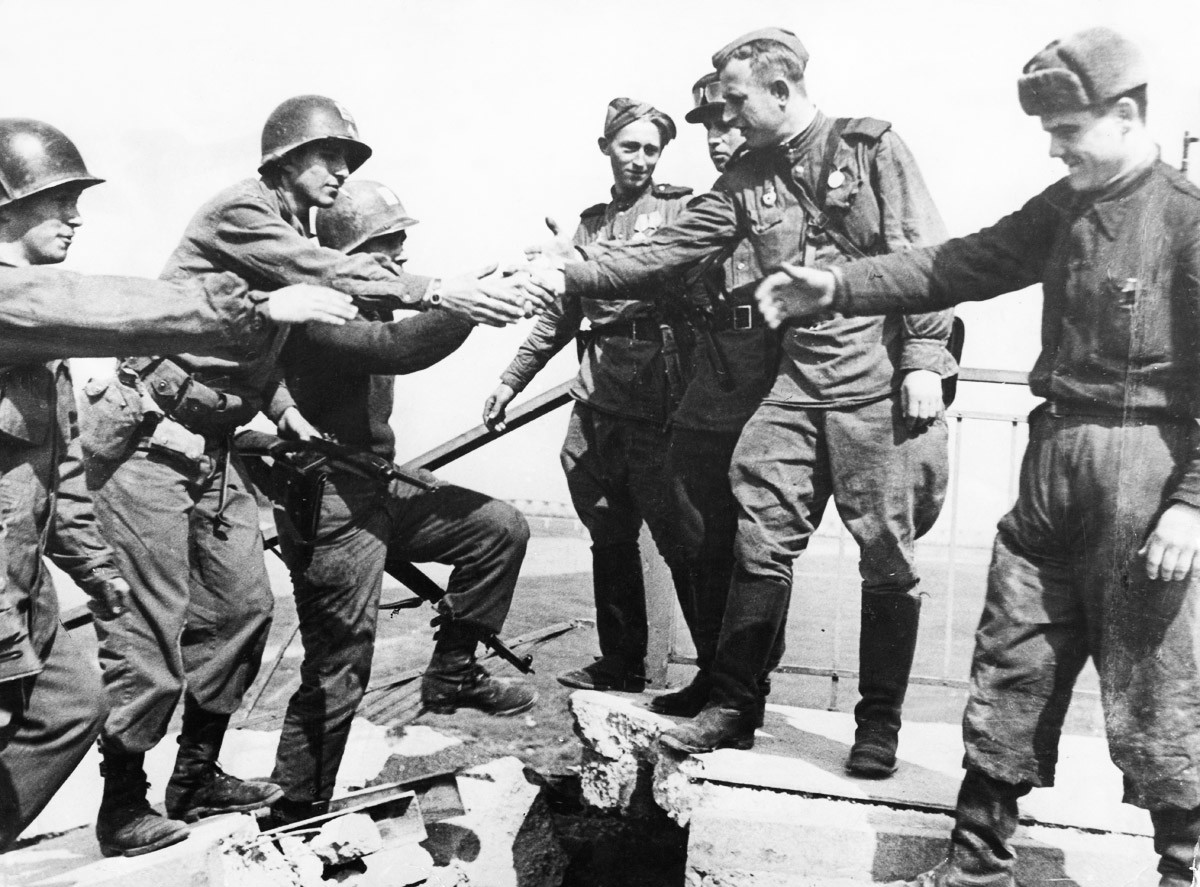One Castle, Two Events, Two Centuries
 |
| Schloss Hartenfels |
The first event happened in 1544 and is important to Lutherans. Duke John Frederick, nephew of Frederick the Wise, commissioned Martin Luther to design the new chapel in the palace. It was the first space specifically designed for Protestant worship.
 |
| Castle Chapel |
The free-standing altar was unique at the time, allowing the pastor to consecrate the Lord's Supper facing the people. The simplicity of the design was in contrast to the ornate decorations in Catholic Churches in Europe.
The same design became the model in other churches built subsequently for Lutheran worship.
The pulpit was built in the middle of the worship space, as was common in many churches, so that the preacher could be heard throughout the chapel. The choir loft was built in the rear of the chapel area.
 |
| Choir loft |
Luther himself inaugurated the Castle Chapel in 1544, two years before his death. He traveled the thirty one miles from Wittenberg to Torgau for the dedication. His presence at this event was of utmost importance to John Frederick.
 |
| Russian and American soldiers |
The other important event happened on April 25, 1945. The American army, marching from the west, and Russian army, marching from the east, met at the Elbe River in front of the Hartenfels Schloss, freeing Germany from Nazi control. They shook hands signaling the symbolic end of the Second World War.
There are two monuments commemorating the meeting of the allies on the riverbank behind the castle. The Russian obelisk, built by a Russian architect in September, 1945, towers over the visitors who come to see the site. We were able to translate some of the Cyrillic written on it.
| Monument by Russian |
 |
| German monument |
The smaller monument, located across the street, was placed there by the German people years after the war. It states that the German folks thank the armies for their act of liberation. It pictures soldiers alongside of women and children.
Both events happened near the Schloss Hartenfels, but the one in 1945 is remembered annually on April 25th because it affected many more people in the world.
Information taken from Schloss Hartenfels





Comments
Post a Comment